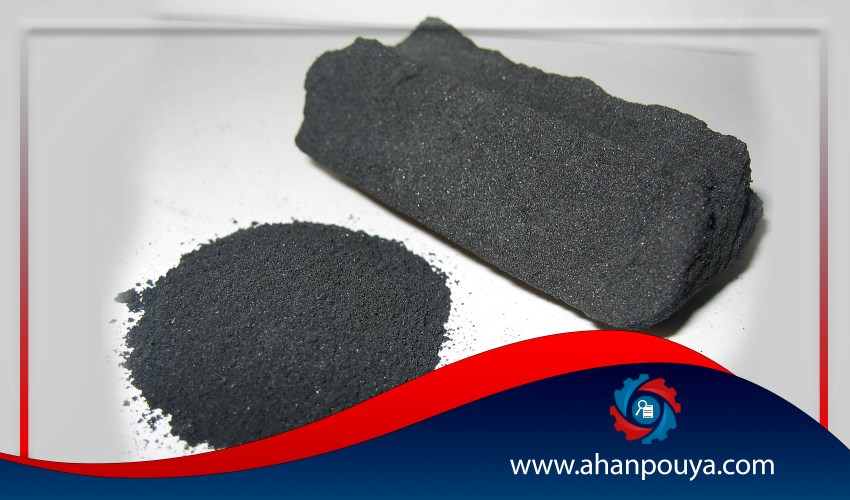
Carbon is a chemical element with the atomic number 6 and the chemical symbol C. This element, which is in the category of non-metallic elements. The capacity of this element is 4, which means that it can react with 4 other elements, or in other words, it has four electrons available to form covalent chemical bonds.
Carbon is the 15th most abundant element in the Earth's crust. The abundance of carbon, the unique diversity of organic compounds made from it, and the ability to form polymers at commonly accessible temperatures on Earth make this element a common element in all known forms of life.
Chemicals that contain varying amounts of carbon are called carbon compounds. In nature, more carbon compounds can be found than other elements, especially hydrogen. Among carbon compounds, organic carbon compounds are found much more than inorganic carbon compounds.
.jpg)
Carbon has the ability to form long, cross-linked chains of carbon-carbon bonds, which is called catenation. Among carbon bonds, carbon-carbon bonds are very strong and stable bonds and through the catenation of these bonds can form countless carbon compounds.
Typically, carbon-containing compounds, which are considered inorganic compounds, have no carbon-carbon, carbon-hydrogen, and carbon-halogen bonds and are classified as completely separate from organic compounds. Of course, the definition provided is not entirely strict, and the organic and inorganic classifications for some compounds may vary slightly from one researcher to another. A group of mineral carbon compounds are simple carbon oxides. The most prominent component of the carbon oxide family is carbon dioxide, a molecule that was once a major component of the Earth's atmosphere but has now become a minor part of it.
Carbon materials have various applications due to their unique properties. The most important of these applications are as follows:
1. Melting all kinds of iron and controlling the amount of carbon in steel
2. Production of various types of metal carbides
3. Coal production
4. Production of various gas masks
5. Production of various petroleum products
6. Use in nuclear reactors and generators
7. Production of natural and synthetic fabrics
8. Use as lubricants in industrial engines to facilitate work
.jpg)
Charcoal is a light carbon black produced by overheating wood or other animal and plant materials. So that all water and other volatile constituents are eliminated in this process. This process also occurs when burning wood in a fireplace or wood stove. The visible flame in that case is actually due to the burning of volatiles caused by the conversion of wood to coal.
There are different types of coal, and in addition to the common example, we can mention activated carbon, burnt and sugar coal. Coal is obtained from the carbonization of sugar. By adding acid to it to purify minerals, it is purified and then burned for a long time in a chlorine stream to remove the last traces of hydrogen. Henry Mawasan used it in his initial attempt to make synthetic diamonds.

Ahan Pouya with more than a decade of best-selling experience, adheres to professional and ethical principles in the field of selling and buying at inside and outside the borders of Iran, helping you in the steel industry.